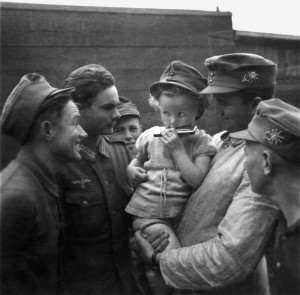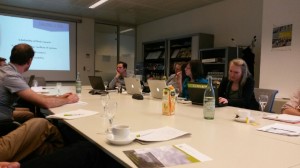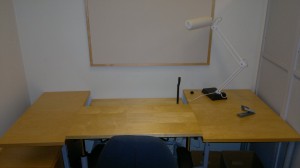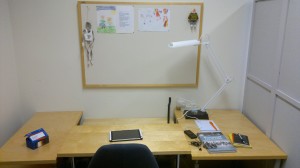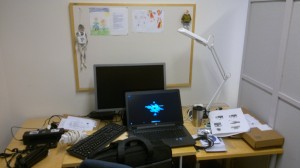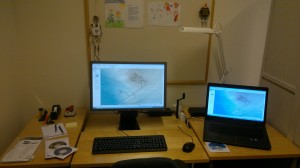Lapin alueella oli toisen maailman sodan aikana noin 210 000 saksalaista henkilöä. Yksistään Rovaniemen alueella heitä oli arviolta 6 000 henkilöä eli lähes yhtä paljon kuin paikallista väestöä. Saksalaiset ja suomalaiset kohtasivat toisiaan arkisessa elämässä ja myös vapaa-ajalla. Lapin maakuntamuseossa avautuu tänä keväänä näyttely ”WIR WAREN FREUNDE – OLIMME YSTÄVIÄ” Saksalaisten ja suomalaisten kohtaamisia Lapissa 1940–1944. Näyttelyn avajaiset ovat Arktikumissa Lapin sodan päättymisen 70-vuotismuistopäivänä 27.4.2015 klo 18.
Tutkimusprojektimme kerää näyttelyssä kävijäkyselyn. Kiitämme jo etukäteen Lapin maakuntamuseota yhteistyöstä ja jäämme odottamaan näyttelyn avautumista.
Exhibit about Lapland war at Provincial Museum of Lapland Arktikum, Rovaniemi
During the WWII there were over 200 000 Germans in Finnish Lapland. Rovaniemi alone hosted about 6000 Germans – as many as the Finnish population of the town. Germans and Finns encountered each other in carrying out the daily routines as well as passing free time. The Provincial Museum of Lapland will open this spring an exhibit ”WIR WAREN FREUNDE – OLIMME YSTÄVIÄ” Saksalaisten ja suomalaisten kohtaamisia Lapissa 1940–1944a (We were friends – the Relations between German and Finns in Lapland 1940-1944) which introduces ordinary experiences of the engagements between Germans and Finns. The opening of the exhibit takes place at Arktikum on the day when Lapland War ended 70 year ago on April, 27th of 2015 at 18:00.
Our research project will gather a survey at the exhibit among the museum visitors. We are grateful for the cooperation and look forward to seeing the exhibit.
The photo ”Eine Kleine Finnin.” From photo album of Vuoristojääkäri Kurt Pawlatan. Courtesy of Provincial museum of Lapland.
Kuva: ”Eine Kleine Finnin.” Vuoristojääkäri Kurt Pawlatan valokuva-albumi. Lapin maakuntamuseo.

